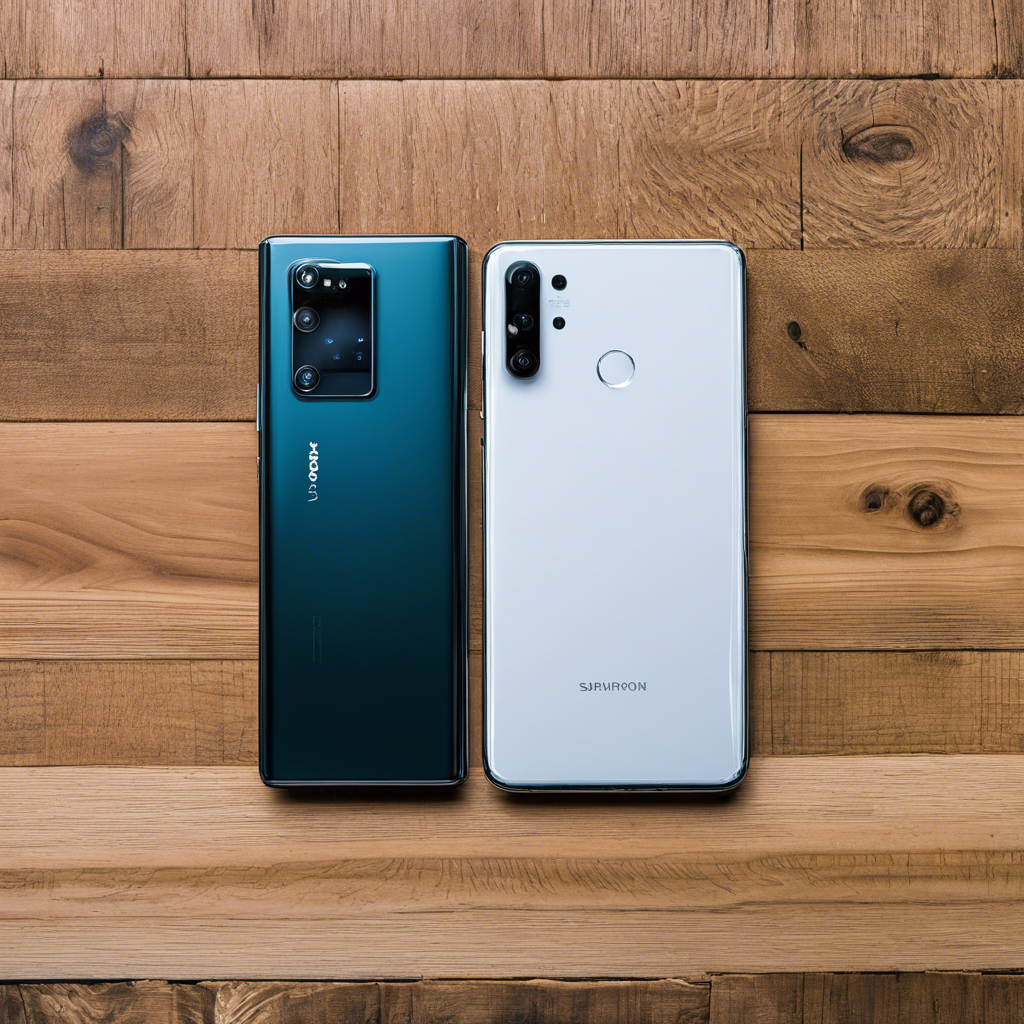[Insert image of smartphones with their cameras highlighted]
The smartphone camera has become an essential tool for everyone, from casual snapshot takers to professional photographers. With so many options on the market, it can be challenging to determine which device offers the best image quality. We’ve compared the cameras of some leading smartphones to help you decide which one will capture your memories in the best light. So, which flagship smartphone takes the crown for the best photos? Well, that depends on several factors and your personal preferences.
Apple’s iPhone 13 Pro Max boasts an impressive camera system with three 12-megapixel lenses, each serving a specific purpose. The telephoto lens offers 3x optical zoom, while the ultra-wide lens captures a broader field of view. The main camera benefits from larger pixels, letting it capture more light for improved low-light performance. The result is crisp, detailed photos and smooth dynamic range, ensuring your images look fantastic, even in challenging lighting conditions.
Samsung’s Galaxy S22 Ultra is a camera powerhouse with a quad-lens setup. It features a 108-megapixel main sensor, a 12-megapixel ultra-wide lens, and two 10-megapixel telephoto lenses, offering 3x and 10x optical zoom. This setup delivers exceptional detail and clarity, particularly in well-lit environments, where the full resolution of the main sensor can be utilized. Samsung’s camera app also provides a wide range of shooting modes and advanced features, such as a dedicated night mode and AI-powered photography tools.
The Google Pixel 6 Pro takes a different approach with its camera system, emphasizing computational photography. It sports a 50-megapixel main sensor and a 12-megapixel ultra-wide lens, both of which capture impressive low-light images thanks to Google’s industry-leading Night Sight mode. The 4x optical zoom telephoto lens further adds to the camera’s versatility. Google’s strengths lie in its software processing, with features like Magic Eraser, which removes unwanted objects or people from photos, and Real Tone, ensuring accurate representation across all skin tones.
Another strong contender is the Huawei Mate 40 Pro. Although it was released a few years ago, it still holds its own against the competition. It features a triple camera system co-engineered with Leica, comprising a 50-megapixel ultra-wide lens and a 20-megapixel ultra-wide cinematic video camera. The periscope telephoto lens supports 5x optical zoom, and the large 1/1.28-inch sensor captures abundant light for impressive low-light performance. Huawei’s camera app is packed with unique features like Matrix Camera, which lets you capture multiple perspectives simultaneously, and Ultra Slow-Motion Video.
These are just a few examples of the impressive camera capabilities offered by flagship smartphones today. When choosing the best device for your needs, consider factors such as lens versatility, low-light performance, and the availability of advanced camera features and shooting modes. Remember, the “best” smartphone camera ultimately depends on your specific requirements and preferences, so be sure to review sample photos and hands-on reviews before making your decision.
